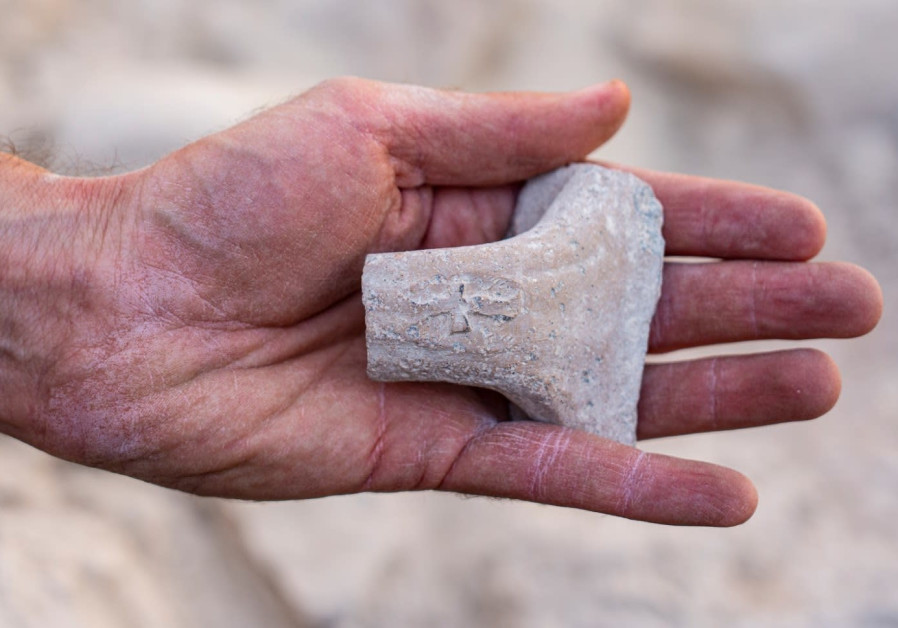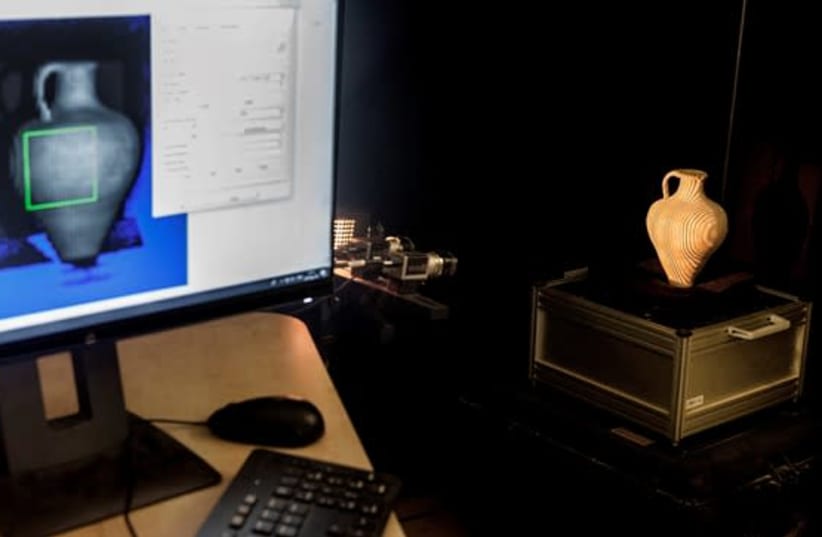New research based on the analysis of dozens of pottery vessels has suggested has shown that in the period between the Assyrian conquest and the Babylonian destruction, a new cultural group emerged in the biblical Kingdom of Judah.
The study – conducted by two archaeologists at the Hebrew University of Jerusalem – was recently published in the academic journal Plos One.
The archaeologists looked at jars carrying two different seal impressions, the letters LMLK – forming the inscription lemelekh, to the king – and “Rosetta” jars, whose handles are imprinted with a small flower and petals that are surrounded by a circle.
The vessels were used for commercial purposes and for tax collection.
“These two assemblages of jars we chose have been very well known in archaeology for many years,” said Dr. Ortal Harush, who co-authored the paper with Prof. Leore Grosman.

The LMLK jars date back to a period between the 9th and the 7th centuries BCE and were common in the area of what is now south central Israel.
In 701 BCE, King Sennacherib of Assyria launched a vast military operation in the region that is well documented in the Bible and in Assyrian chronicles.
“In the fourteenth year of King Hezekiah, King Sennacherib of Assyria marched against all the fortified towns of Judah and seized them,” reads a verse in the 18th chapter of the book of Kings II.
From the 7th century, the LMLK jars were not produced any more, while by the end of the century and the beginning of the 6th century the rosetta jars appeared in Jerusalem and its surroundings and were used until the Babylonian destruction in 586 BCE.
In the past, archaeologists assumed there was continuity between the two productions, that they belonged to the same ceramic tradition.
“We found out that on the contrary, the artifacts were produced by two distinct groups, two schools, using the same materials, but creating different artifacts,” Harush said.
The research performed advanced morphological shape analysis by conducting a 3D scanning of the vessels and comparing of the longitudinal sections of the jars, with special attention to their geographical spatial distribution, in order to identify regional-morphological trends.
These types of analyses allowed researchers to detect even minimal differences between vessels that might appear similar or identical to the human eye.
The questions of how a new ceramic tradition completely separated from the previous one developed in the Kingdom of Judah and who was the group and culture responsible for it – as well as whether it was connected to the Assyrian conquest – remain open.
“The application of the methods used in this study has important and interesting implications for archaeological research in general and in its interpretation,” Harush and Grosman said.
“The search for a cultural ‘fingerprint’ in the archaeological record is complex, mainly because archaeological finds do not represent a specific moment in time,” they added. “The ability to track minimal, invisible changes, which can highlight cultural cues and behavioral discoveries, can be an important contribution to the analysis of archaeological finds.”
